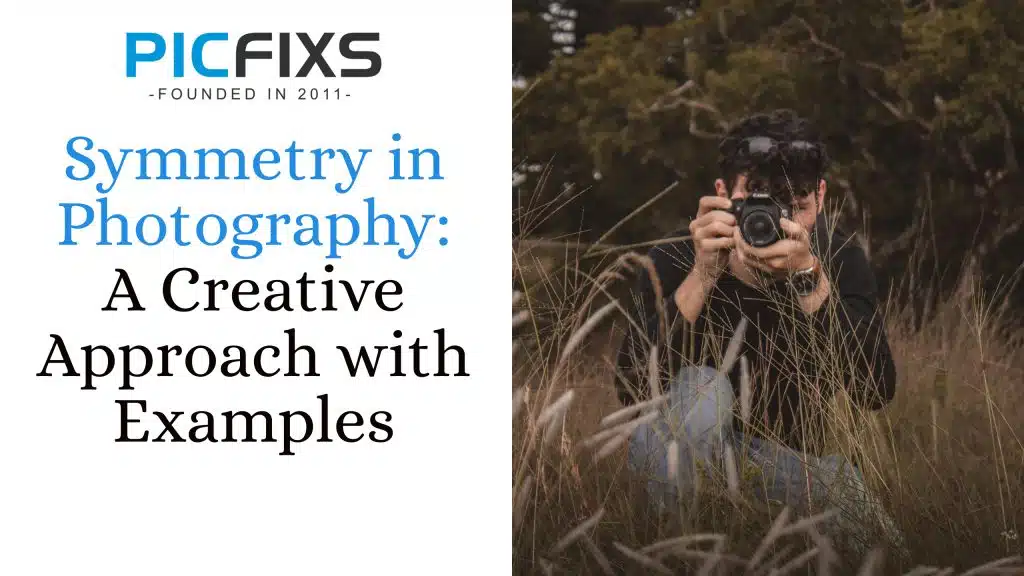Photography is an art form that involves a delicate interplay of various elements to create visually appealing and impactful images. One compositional technique that can significantly enhance the aesthetics of your photographs is the Rule of Odds. This rule suggests that an odd number of elements in a scene tends to be more visually appealing than an even number.
In this comprehensive guide, we will explore the principles behind the Rule of Odds and provide practical insights on how to effectively apply it to elevate your photography.
Understanding the Rule of Odds
Balance and harmony
The Rule of Odds is rooted in the principles of balance and harmony. When an odd number of elements is present in a composition, it naturally creates a sense of equilibrium, capturing the viewer’s attention and maintaining visual interest.
Psychological impact
Psychologically, odd numbers are often perceived as more natural and dynamic. This may be because odd numbers avoid perfect symmetry, which can make an image feel static or predictable. The human eye is naturally drawn to patterns, and odd numbers can create more engaging and dynamic visual patterns.
Storytelling and focal points
Incorporating the Rule of Odds into your photography can enhance storytelling. Having an odd number of elements allows you to create a clear focal point, drawing the viewer’s attention to a particular subject while maintaining a sense of context and balance in the overall composition.
Practical Application of the Rule of Odds
Group portraits
When capturing group portraits, consider arranging individuals in odd-numbered formations. This could involve arranging people in a triangular or diagonal pattern, ensuring that the group appears cohesive while avoiding a static, symmetrical look.
Still life photography
Apply the Rule of Odds to still life compositions by arranging objects in groups of three or five. This can add a dynamic quality to the arrangement, making it more visually interesting. Experiment with different angles and perspectives to find the most compelling composition.
Landscape photography
In landscape photography, incorporating odd numbers of key elements, such as trees, rocks, or focal points, can create a more visually appealing composition. Consider the classic rule of thirds along with the Rule of Odds to guide the placement of significant elements in your landscape scenes.
Street photography
When photographing people in urban environments, look for opportunities to capture odd-numbered groupings or compositions. This could involve photographing a trio of pedestrians, a single person against a backdrop of two others, or any other arrangement that follows the Rule of Odds.
Wildlife photography
Apply the Rule of Odds when photographing wildlife by capturing odd numbers of animals in a frame. This not only provides a sense of balance but also allows you to emphasize the relationship and interactions between the subjects.
Tips for effective implementation
Experiment with perspectives
Explore different angles and perspectives to find the most compelling composition. Sometimes, a slight adjustment in your viewpoint can make a significant difference in how the Rule of Odds is applied to your photograph.
Consider background and negative space
Pay attention to the background and negative space in your compositions. The Rule of Odds is not just about the main subjects; it’s about creating a harmonious balance across the entire frame. Ensure that the background complements and enhances the visual impact of your odd-numbered elements.
Don’t force it
While the Rule of Odds can be a powerful tool, it’s essential not to force it into every composition. There are situations where an even number of elements may work better or where other compositional techniques take precedence. Use the Rule of Odds when it enhances your creative vision for a particular scene.
Post-processing considerations
In post-processing, you can further emphasize the Rule of Odds by adjusting the contrast, saturation, or brightness of the odd-numbered elements. Experiment with subtle enhancements to guide the viewer’s eye towards the intended focal points.
Enhance the rule of odds in photography
Mastering the Rule of Odds in photography involves a combination of understanding its underlying principles and practical application. By incorporating odd numbers of elements into your compositions, you can create visually compelling and harmonious images that captivate your audience.
Remember to experiment, stay attuned to your creative instincts, and use the Rule of Odds as a tool to enhance the storytelling power of your photographs. With practice, you’ll find that this rule becomes an intuitive and valuable aspect of your photographic skill set. Checkout No face photo ideas.











